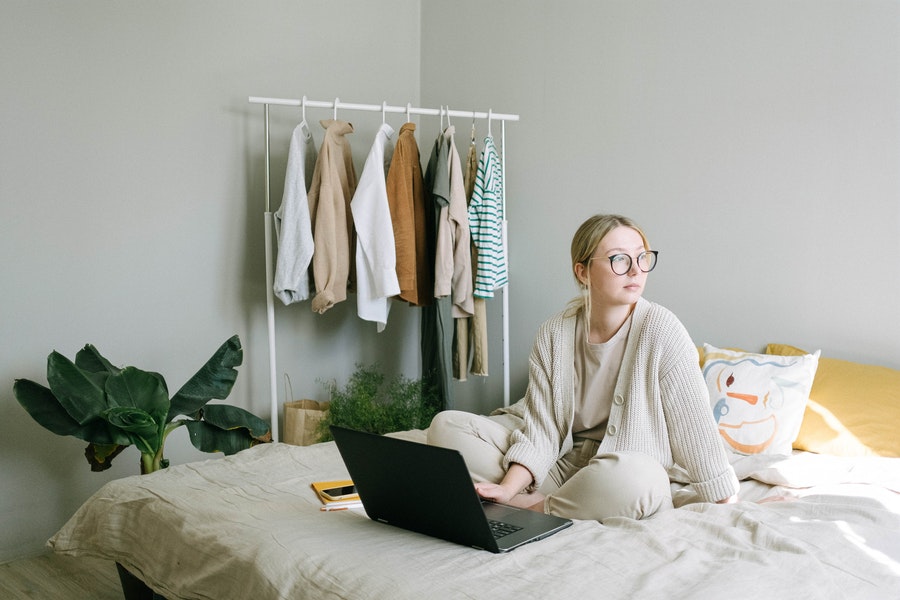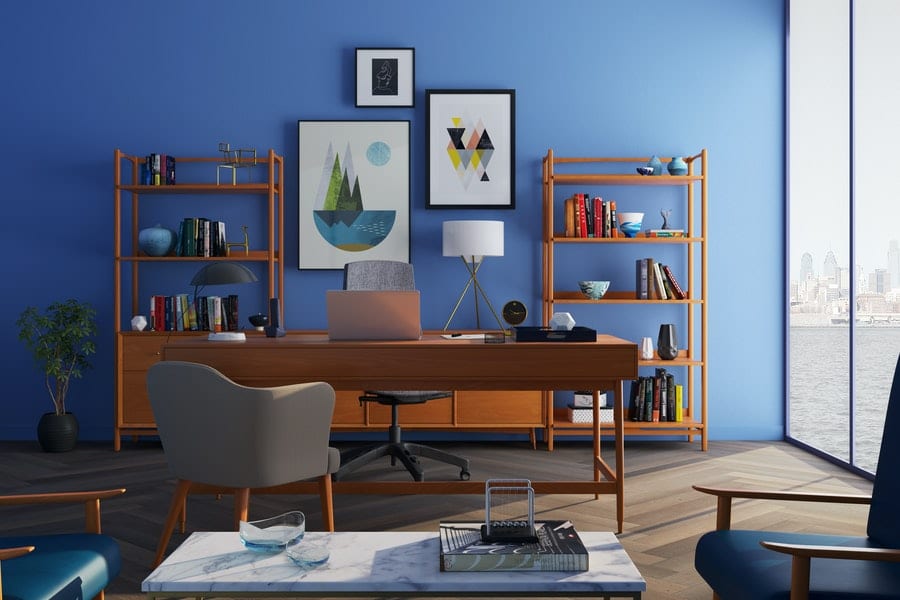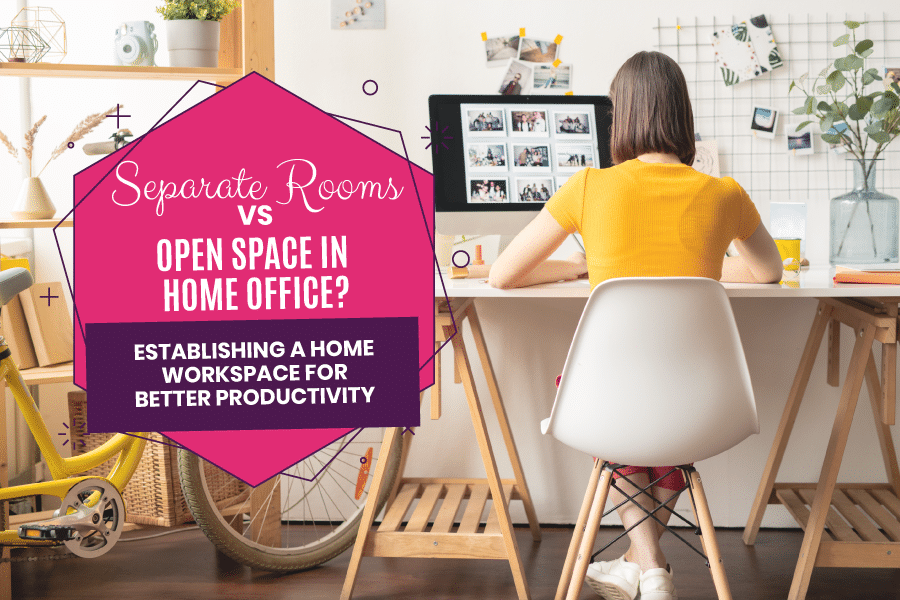It happens frequently. You have two options for establishing a home workspace, but you can’t decide between them. You might have an actual office, but wonder if working in the dining room, kitchen, or living room might actually be better. What works for one doesn’t necessarily work for all, and you could find that one or the other is best-suited to your working style.
1. Choosing the Right Spot: Separate Rooms vs. Open Space
First, let’s consider the differences. Separate rooms are isolated. It’s easier to concentrate. You can decorate them and “own” them however you wish. You can retreat to them away from family and friends. It’s a dedicated space for working. So why would you choose an open space? Open spaces have the advantage of feeling less restrictive. You may feel more comfortable and accessible in an open space and you may feel freer to do your work on an “as needed” rather than on a dedicated basis.
Separate rooms work great for people with traditional work schedules who want to be able to turn themselves “off” at the end of the day. But they don’t work very well for people who do their work piecemeal. Open spaces usually work better for those who are working sporadically throughout the day, because it lets you remain engaged with what’s happening around you rather than having to do all your work alone.

2. Decorating Your Chosen Space
Regardless of whether you have separate rooms or an open space, you should decorate and organize your chosen space to make sure that it feels like a “working environment.” When decorating, consider:
- Color and lighting matter. Brightly lit spaces are more comfortable and cool tones tend to be more relaxing. Bright reds and oranges are urgent; blues and greens are calm.
- Your decoration outlines your space. Make it clear where your “workspace” and your “living space” begins and ends, so you can feel a psychological sense of separation.
- Make it easy to keep clean. A lot of a decor and clutter is just going to collect the detritus of your ordinary, day-to-day life when you have a home workspace.
Decoration is as functional as it is aesthetic. Decoration is what keeps you happy and motivated when you’re working and it’s not something that should ever be ignored.

3. Furnishing Your Chosen Space
Furnishing a separate room is similar to furnishing an office. You need to make sure everything is ergonomically-friendly and functional. For an open space, you may need multi-purpose furnishings; furniture that can double as both a coffee table and a desk, for instance. Consider your working needs and what will work best for you while not disrupting the active living areas of your space. Consider space-saving furnishings such as a transforming (lifting) table or desks that can be raised up against walls.

4. Developing Your Organization System
With an open space, this can be more of a challenge; you need to develop an organizational system that won’t disrupt your daily life and that won’t lead to important files or documents potentially being compromised. Locking file systems, file systems that can slide other under furnishings, and built-in filing cabinets in discreet areas can help.
Creating a home workspace is always going to be a challenge regardless of the options you have available to you. But staying organized will help. Continue following the Get Organized Wizard for more hot tips about the work-from-home world.


Yes, all good ideas! Also, using wall space in the office/office area for shelves, a bulletin board or whiteboard, etc, is a great way to maximize your space.
Working at home on the first weeks have been challenging for me especially when setting up a comfortable working space at my tiny apartment. Had to rearrange my furtinures then fonally found a spot at the corner near my window pane with great view of the greenery at the park. I have not so much of desk accessories but my reminder calendar, pens, notepad and my office deskmat which sometimes used as a gaming mousepad during breaks